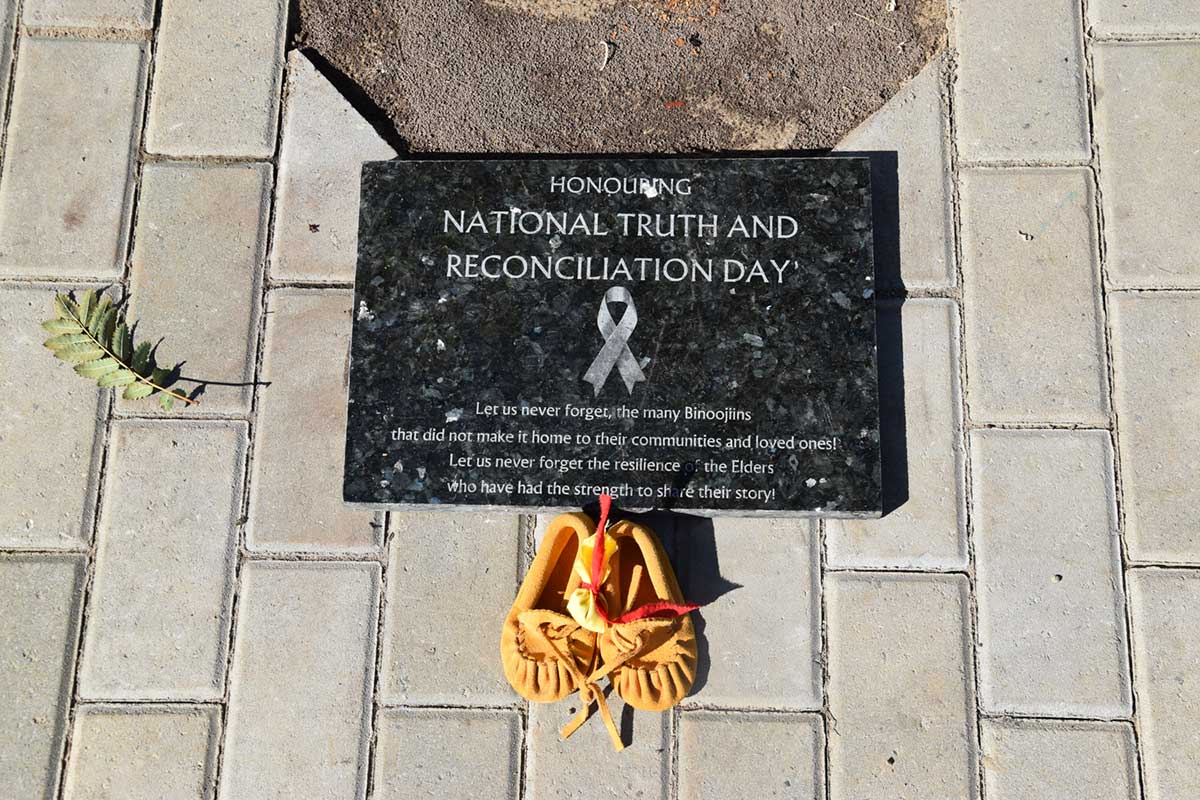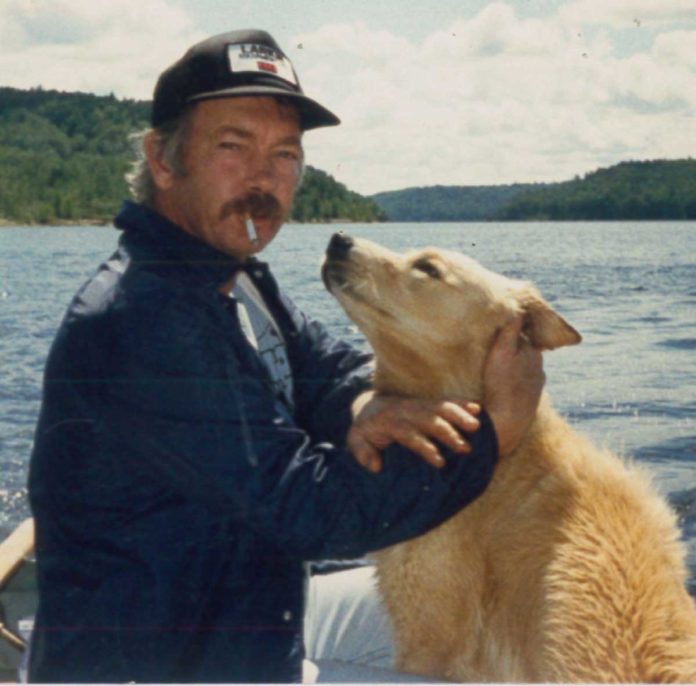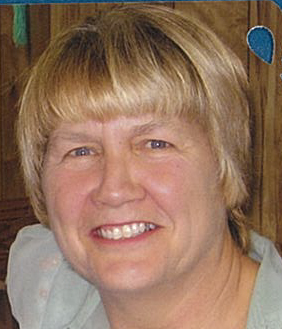AUNDECK OMNI KANING – With the first National Day for Truth and Reconciliation having taken place on September 30, coinciding with Orange Shirt Day, events across Mnidoo Mnising and the rest of the nation were held this past week to honour and memorialize the children who never returned home from residential school.
A particularly poignant ceremony took place in Aundeck Omni Kaning in front of the building that jointly houses Mnaamodzawin Health Services and Noojmowin Teg. Staff from both health service agencies gathered with elders and dignitaries for the unveiling of a monument memorializing those children.
The event opened with a prayer from elder Ken Kakeeway, followed by an honour song performed by Mushkway-Gaabo Drum group.
Mnaamodzawin executive director Craig Abotossaway spoke of how the day’s events and the monument came to be. He noted that during a spring sweat lodge ceremony a man asked what could be done for the 30 children that had been discovered buried on the grounds of a British Columbia residential school. Mr. Abotossaway said those 30 children appeared in the ceremony and that one child spoke for the 30. “The child said that ‘all we want is to be sent back to the Creator, we have been lost for so long’,” he recalled. Mr. Abotossaway went on to say that at the sweat lodge the next night the other “100 or so” children appeared having heard about the request made by the man and good work being done at Mnaamodzawin. “Since then the work has continued,” he said, noting that the number of lost children has now numbered into the thousands. But he noted the furor that had at first accompanied the discoveries has since abated.
“It’s becoming quiet,” he said. “Our monument speaks to that. Let us never forget the many binoojiins (children), let us never forget the elders who have shared their stories.”
Mr. Abotossaway said that his organization had put together the day’s event in what he hoped was a respectful way. He pointed out that the main monument, created by M’Chigeeng’s One KWE, would be arriving in the spring.
Part of the monument is in place, including a mountain ash tree and a granite plaque bearing the words “Honouring National Truth and Reconciliation Day: Let us never forget the many binoojiins that did not make it home to their communities and loved one! Let us never forget the resilience of the elders who have had the strength to share their story!”
Set in front of the plaque lay a solitary set of baby moccasins surmounted by a yellow cloth tobacco tie, tied with red ribbon. Behind the plaque the mountain ash rises. Both the plaque and the moccasins have important symbolic meanings encompassed in Anishinaabe stories.

Mr. Abotossaway explained that the moccasins are for the children who do not have shoes on the other side. He noted that there are many installations featuring shoes across the nation since the discovery of the unmarked graves of children, but that tradition says those shoes should be left at the foot of a tree in the bush where the lost children can find them. That is the plan for the moccasins at the monument.
The ash tree is also an important symbol. Mr. McGregor shared a story of the ancient protectors of the people, men who lived for 500 years but who eventually made their journey to the spirit world. Once on the other side, they watched as far below them a man fell down and died. The men went to the Creator to ask that they be sent back to guide their people.
This confounded the Creator who, although powerful, had never had anyone ask to be sent back. He asked the men to let him think on it a while.
Eventually, the Creator called the men back to him and said that he had decided to send them back, but not in their original form. Instead, he sent the men back as trees.
Mr. Abotossaway explained the practice of offering cloth and spirit plates during ceremonies. Cloth and food are sent to the spirit world. “When you offer shoes or clothing, you put them out in the bush so they go forward to the biinoojiis,” he said. Food should be set out on a birch bark plate. “Putting shoes on the church steps is good, recognizing the need, but leaving them here is leaving them in the bush beneath a tree. Take them out in the bush and put them by a tree.” He suggested taking cloth to nearby Dreamers’ Rock.
Residential School survivor elder Marion McGregor delivered a talk on her experiences at residential school. She recalled her experiences at the school; how children were disciplined and humiliated for speaking their language or seeking to return home to their families. Ms. McGregor recalled one incident where the children were forced to kneel on the floor in front of their classmates to eat their paltry meal consisting of half a slice of bread. “If anyone tried to feed them, they would be forced to join them on the floor,” she said. Ms. McGregor said she was glad that the silence over what had taken place at the residential schools had been finally broken.
Mnaamodzawin board member, AOK Chief Patsy Corbiere and Noojmowin Teg board member Lorretta Roy were invited up to speak. Chief Corbiere noted that the National Day for Truth and Reconciliation should not be viewed as a holiday, but rather as a day for reflection and education that every child matters. “It isn’t an opportunity to go shopping,” she said. “It’s an opportunity to learn more about what has happened and to reflect on how we can move forward.”
Algoma-Manitoulin-Kapuskasing MP Carol Hughes said that she brought greetings on behalf of herself and her leader, Jagmeet Singh. She said that as she was travelling to the day’s ceremony, crossing the bridge, she saw an eagle overhead and realized the importance of the day. She spoke in analogy, using the metaphor of the roots of the tree seeking nourishment, the trunk of the tree and the need to find justice for the children, and finally the branches, which rise skyward and how we must remain vigilant to never allow this to happen again.
Ms. Hughes ended her address by committing to continue to work on behalf of those concerns as she once again takes up her duties in Parliament.
Piper Paul McDonald, a Mnaamodzawin Health Services staff member, provided a traditional Scottish song in honour of the ash tree. Mr. Abotossaway described the song as a spiritual peon to honour the tree.
Mr. Abotossaway noted that both the nursery where the tree came from, Villum Farms, and Sudbury Monuments, where the plaque was created, both donated the items when they discovered what they were to be used for.








